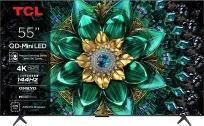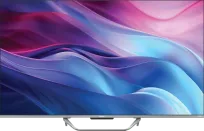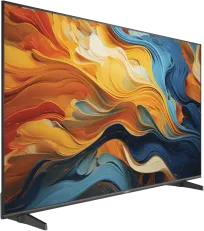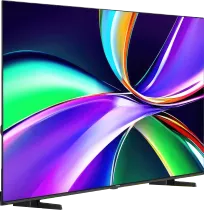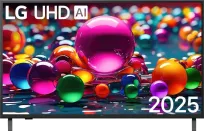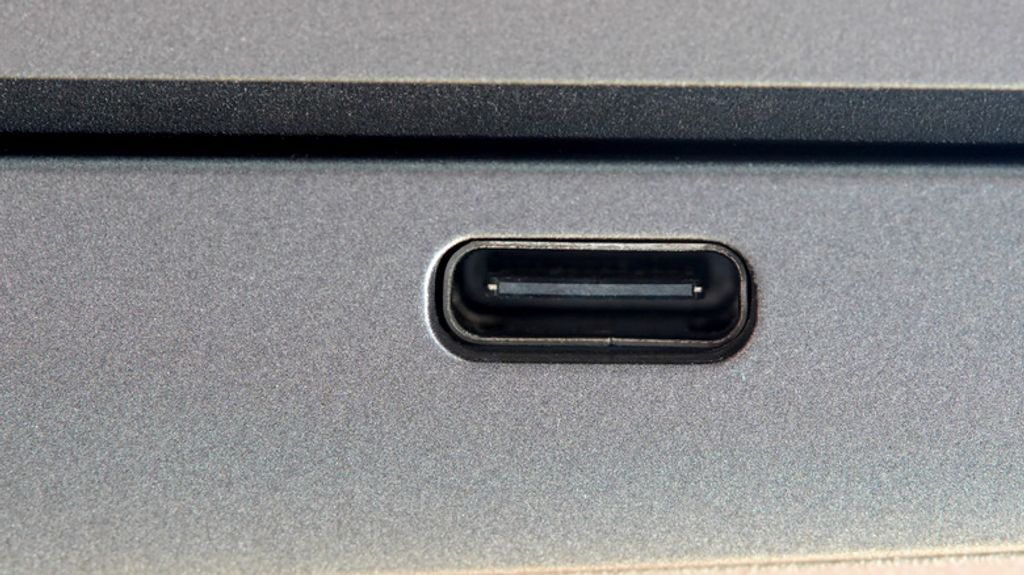
In response to your suggestions and our own analysis, we have made significant changes to the way we present TV test results. Instead of the classic static images that have illustrated our text until now, you can now watch dynamic, film clips showcasing the actual performance of local dimming technology.
What does it look like in practice?
For example, instead of the well-known frame with subtitles from the movie The Revenant, you will now see a clip from Sicario 2. It is a dynamic scene that features many small, bright elements on a dark background. This clearly shows how the television reacts to complex lighting – both in terms of dimming and brightness uniformity. We will discuss this using the well-known televisions, namely the LG G4 and Xiaomi S MiniLED.


Why did we change our approach?
Static frames, while useful, do not always convey the full picture of a television's performance in challenging conditions. Dynamic scenes – such as clips from the movie Sicario 2 – better highlight the differences in detail reproduction, local dimming performance, and motion display quality. This allows you to see more accurately how a given model performs in situations that frequently occur during everyday viewing. As shown in the example below:
As seen above, the OLED television performed excellently in both cases, leaving little to be desired. But what happens when we take a closer look at a MiniLED backlit LCD television? Let's examine this using the example of Xiaomi S MiniLED:
Honesty First
It is worth adding that in some tests we still use the previous form of materials. This is due to the fact that we are waiting for the processing of films in the same way as for other televisions. We want to ensure that all models are evaluated according to uniform standards before we fully transition to dynamic excerpts in all reviews.
Innovative approach
We believe that this approach is innovative and that perhaps we are the first in the world to present test results in this way. We hope that our efforts for a new quality of reviews will meet with your approval.
From now on, you can see in an even clearer way how the tested TVs perform with local dimming in practice. Video clips help to notice nuances that a static image would not convey. We hope this change will make our reviews even more helpful and readable for you.
We invite you to watch our latest tests and share your opinion on the new format!
 Katarzyna Petru
Katarzyna Petru
